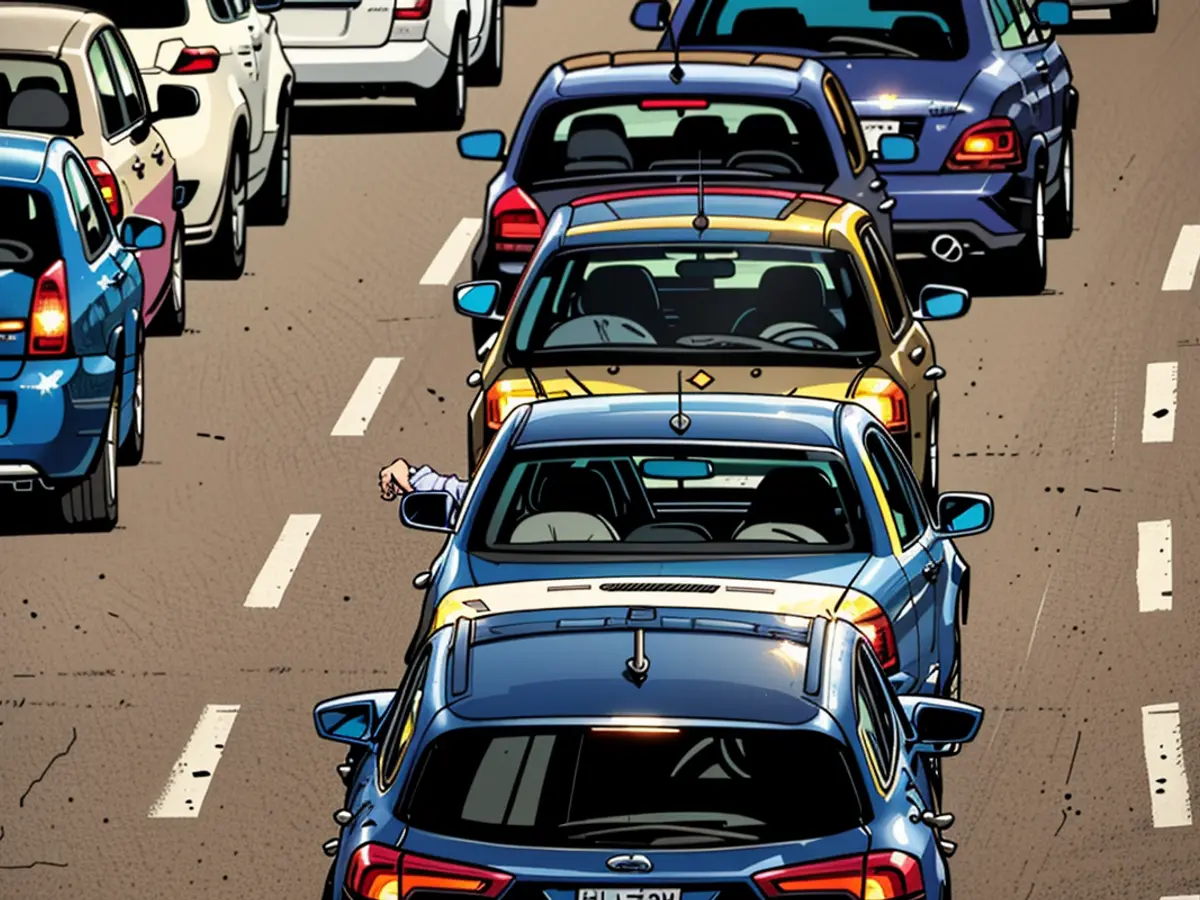- Reduced transport costs for numerous motorists in the South West area.
Due to a reassessment of accident risks, numerous individuals in the Southwest can anticipate lower auto insurance rates. Specifically, in the registration zones of Ulm, Reutlingen, Ravensburg, and the Lake Constance and Alb-Donau districts, the so-called regional categories for both full and partial coverage insurance have improved. This is demonstrated by the most recent regional data from the General German Insurance Association (GDV), which was released on Thursday.
Over 1.4 million policyholders will profit from the new regional categories in full coverage insurance. Around 470,000 individuals with full coverage insurance in the districts of Böblingen, Breisgau-Hochschwarzwald, Karlsruhe/Land, and Lörrach may, however, end up worse off. The categories for partial coverage insurance will not rise in any of the 44 districts in the state. Approximately 3.3 million policyholders will not see any changes.
In motor vehicle liability insurance, approximately 1.1 million drivers in Baden-Württemberg will receive new classifications - for around half of them, it will be an improvement, while the other half will see a decrease. The categories will increase in the districts of Esslingen/Neckar, Freiburg/Breisgau, Neckar-Odenwald-Kreis, and Sigmaringen. The districts of Baden-Baden, Karlsruhe/Land, and Ortenaukreis will see improvements.
Classification is determined by damages
Each year, the association calculates the annual damage statistics for the roughly 400 registration districts in Germany. The higher the accident damages in a district, the worse its classification. The crucial factor is not where the damage occurred, but where the vehicle is registered. The Hohenlohe district had the best damage record in the Southwest, while Pforzheim had the worst.
For insurers, regional categories serve as one of many premium factors - other factors also influence costs. A better regional category alone does not indicate the overall development of the premium for a motor vehicle insurance. However, according to the GDV, a general rule holds: the better the classification in the regional category, the more favorable it is for the insurance premium.
The regional statistics are not binding for insurers. They can implement them immediately for new contracts and from the next insurance year for existing contracts.
Approximately 5.9 million people have compulsory liability insurance for motor vehicles in the Southwest. Of these, around 5.2 million also have voluntary partial or full insurance, which covers incidents such as theft or damage caused by fire, storm, and wildlife collisions. Insured individuals can check the regional categories on the GDV website using their postal code.
In the Southwest, drivers in districts with improved regional categories, such as Ulm, Reutlingen, Ravensburg, and the Lake Constance and Alb-Donau districts, can expect lower auto insurance rates due to lower accident risks. Conversely, policyholders in Böblingen, Breisgau-Hochschwarzwald, Karlsruhe/Land, and Lörrach might see an increase in their full coverage insurance rates.








